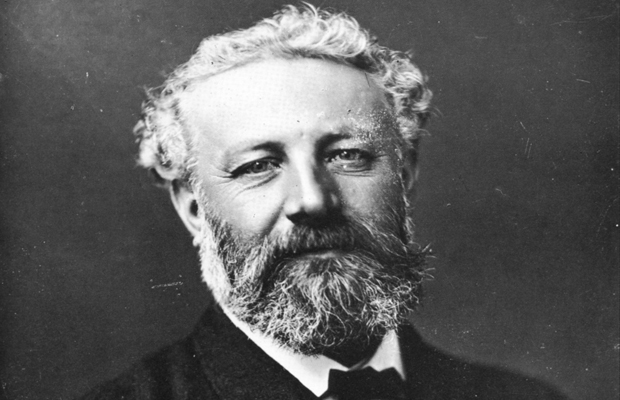Several weeks back, we featured for you Star Trek Continues, the critically-acclaimed, fan-made sequel to the original TV series, which tries to answer the questions: What if Star Trek had continued? How would the story have played out?
Others have tried to offer up answers to those questions too. And we’d be remiss, a reader reminded us, if we didn’t give a little airtime to Star Trek: New Voyages, “the longest-running, Star Trek original series fan production in the world.” Here’s a little more information about the production from the show’s web site:
Created in 2003 by James Cawley, along with producer Jack Marshall, the show strives to complete the “five-year mission” of the Starship Enterprise, “to boldly go where no man has gone before.” It’s celebration of Gene Roddenberry’s legacy has won critical acclaim and numerous accolades, as well as attracting the attention and participation of Star Trek alumni such as George Takei and Walter Koenig, who have returned to reprise their roles on NEW VOYAGES. We have even provided prop items for the actual STAR TREK franchise series “Enterprise”!
All 10 episodes can viewed online or downloaded from the show’s website. And you can also find them on YouTube too. Start with Episode 1 above.
If you would like to sign up for Open Culture’s free email newsletter, please find it here. Or follow our posts on Threads, Facebook, BlueSky or Mastodon.
If you would like to support the mission of Open Culture, consider making a donation to our site. It’s hard to rely 100% on ads, and your contributions will help us continue providing the best free cultural and educational materials to learners everywhere. You can contribute through PayPal, Patreon, and Venmo (@openculture). Thanks!
Related Content:
City of Scars: The Impressive Batman Fan Film Made for $27,000 in 21 Days
How Isaac Asimov Went from Star Trek Critic to Star TrekFan & Advisor
Nichelle Nichols Explains How Martin Luther King Convinced Her to Stay on Star Trek



